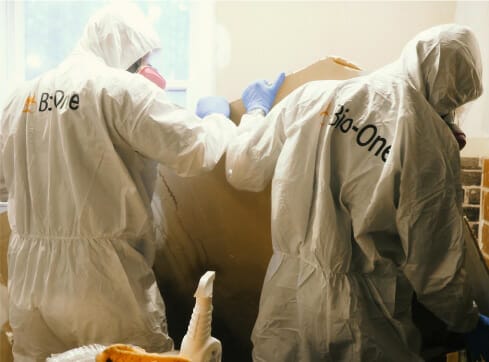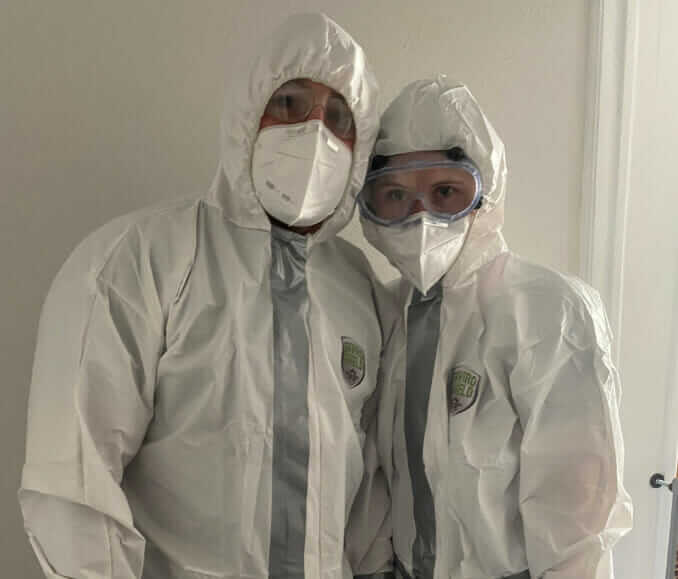Bio-One of Reno is always prepared to remedy situations that arise from unexpected events such as death, traumatic injury, and hazardous or hoarding cleanup situations in the Carson City area. We deploy our teams quickly so you can focus on all the other necessary arrangements to begin the healing process.








